PHENOLICS
(xANT) are the total anthocyanins measured in grape berries. Anthocyanins only accumulate with active sugar synthesis making them a fundamental indicators of vine metabolism. For this reason, we track extractable anthocyanins along with berry sugar loading and fresh berry weight to characterize the development of the fruit and pinpoint the end of ripeness.
(tANT) are the combination of free and bound anthocyanins measured by lowering the wine pH to 1.8. Below pH 2 anthocyanins are fully pigmented, whereas at wine pH anthocyanins are only 10-30% pigmented.
(fANT) are monomeric anthocyanins that we generally attribute to wine's purple hue. They are abundant in a young wine's life but 60-80% rapidly deplete within the first 100 days post crush. During this window they are fundamental for forming bound anthocyanins.
(bANT) are a combination of small and large polymeric pigments that we generally attribute to wine's brick red hue. They are central to bound's narrative for modulating astringency, integrating flavor, and stabilizing color. They are also our namesake.
(pTAN) are condensed tannins from grape skins, seeds, and stems that precipitate our saliva resulting in astringency. Once extracted into the wine, they remain at very stable concentrations until they eventually precipitate out of the wine.
(IRPs) consist of both protein-precipitable tannins and non-flavonoid phenolics primarily from grape pulp. As non-pigmented polyphenols, IRPs participate in a antioxidant reaction called regenerative polymerization. This reaction is fundamental for understanding the phenolic reactivity of both red and white wines.


